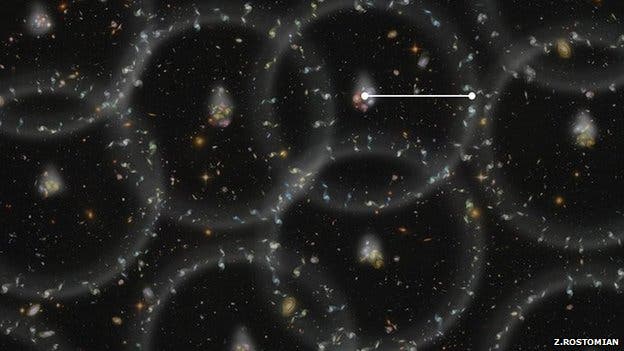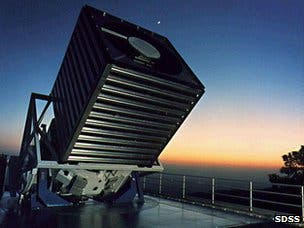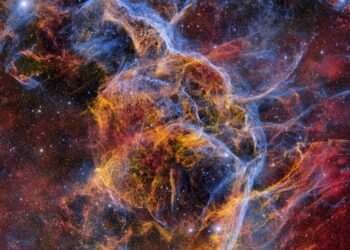
A new map of a slice of the Universe was recently released by BOSS – Baryon Oscillation Spectroscopic Survey – and it’s the most accurate and comprehensive one so far. The map plots the location of some 1.2 million galaxies with an astonishing accuracy of 99%, nothing short of spectacular – remember, each of these objects is trillions of miles away from each other. The practical applications of an accurate map of the Universe are numerous. Most importantly, it helps paint a better picture of how the Universe formed and how it looks like in its present form. For instance, the findings suggest the Universe is flat and infinite.
“There are not many things in our daily lives that we know to 1% accuracy,” said Prof David Schlegel, a physicist at Lawrence Berkeley National Laboratory and the principal investigator of BOSS.
“I now know the size of the universe better than I know the size of my house.
“Twenty years ago astronomers were arguing about estimates that differed by up to 50%. Five years ago, we’d refined that uncertainty to 5%; a year ago it was 2%.
“One percent accuracy will be the standard for a long time to come.”
To measure the size of the Universe (not THE Universe, just a chunk of it), researchers studied baryon acoustic oscillations (BAOs). These are waves of particles and energy that were release all over the Universe since the Big Bang and continue to do so to this day – like the ripples in a water pond. Because baryon waves move at a constant speed, they’re extremely useful to scientists for referencing purposes. In fact, they’re seen as a sort of intergalactic ruler – one that measures 490 million light years in this case.
[READ] Surveys explain how dark matter expanded and shaped the Universe
A flat Universe

With an accurate map, you can tell a lot about how the Universe works and even how it looks like. For instance, the findings tell us that the Universe is probably flat. Not 2-D flat, of course. Think of how people used to think the world is flat. Because the curvature of the Earth can’t be seen from a fixed point on its surface, people would genuinely assume that world is flat, because that was what a false intuition based on their perception and perspective was telling them. In the Universe’s case, scientists have yet to observe a sort of loop. If the Universe wasn’t flat, and it was curved instead, then if you’d continue to travel in a straight direction you’d eventually end up in the same point you’ve started from.
Being relatively flat suggests dark energy in the Universe is constant. If it were to vary in space and time, then we’d have seen a more curved Universe.
The BOSS map also tells us that the Universe is likely infinite, extending forever in space and time. The analysis is 90% complete so far, and an upcoming version of the BOSS map will be even more accurate, projected to include high-quality spectra of 1.3 million galaxies, plus 160,000 quasars and thousands of other astronomical objects, covering 10,000 square degrees.
The results were reported in a paper published on the Arxiv website.






